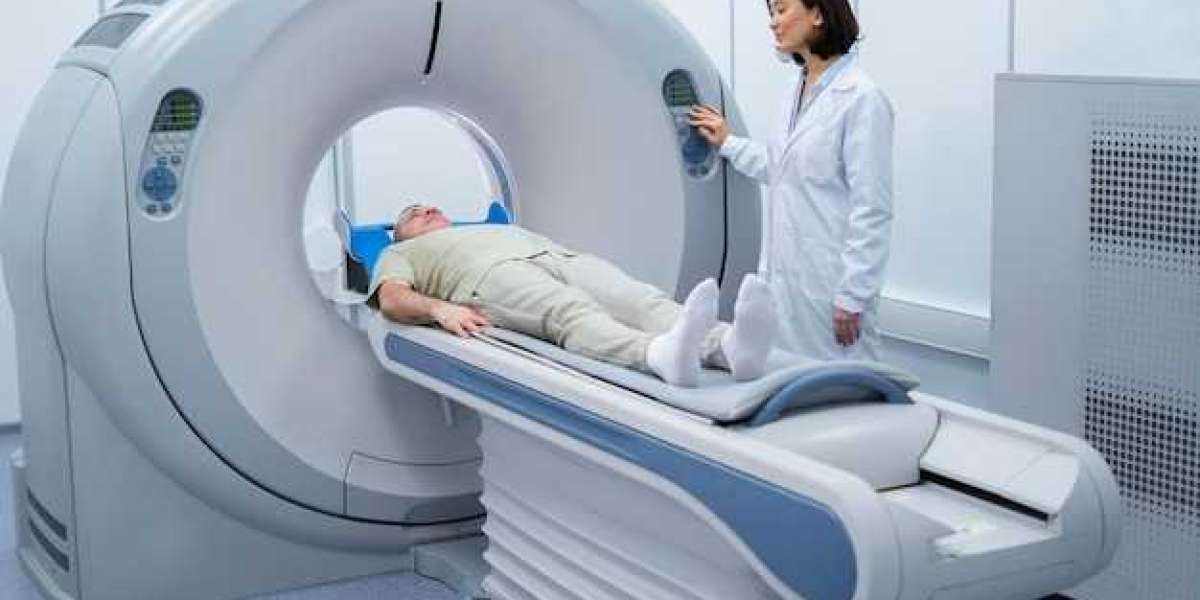Radiation plays a complex role in the context of cancer, both as a treatment modality and as a potential carcinogen. To fully understand this duality, we must explore the mechanisms behind how radiation can both treat and cause cancer. This comprehensive discussion will delve into the principles of radiation therapy, its therapeutic effects, the origins of radiation-induced cancers, and the factors that influence the balance between these two aspects.
Radiation Therapy as a Cancer Treatment:
Radiation therapy, also known as radiotherapy or irradiation, is a medical technique that utilizes ionizing radiation to target and destroy cancer cells. It has become a crucial component of cancer treatment alongside surgery, chemotherapy, and immunotherapy. The principle behind radiation therapy is to damage the DNA of cancer cells, preventing them from multiplying and ultimately causing their death.
There are several key forms of radiation therapy, including external beam radiation and brachytherapy (internal radiation). External beam radiation involves using a machine to deliver high-energy X-rays or other particles to the tumor from outside the body, while brachytherapy involves placing radioactive sources directly inside or very close to the tumor. The choice of radiation type and its precise delivery depends on factors such as the tumor's size, location, and the patient's overall health.
How Radiation Therapy Treats Cancer:
Radiation therapy kills cancer cells by causing damage to their DNA. This damage can take the form of single or double-strand breaks, cross-links, or other forms of damage that impede the cell's ability to replicate and function properly. Normal, healthy cells have the ability to repair some of this damage, but cancer cells are often less effective at DNA repair, making them more vulnerable to radiation-induced damage.
The therapeutic benefit of radiation therapy lies in its ability to target cancer cells with high precision. Advanced imaging techniques, such as CT scans, MRIs, and PET scans, allow radiation oncologists to accurately define the tumor's location and tailor the treatment plan accordingly. This precision minimizes damage to surrounding healthy tissues, reducing side effects and improving the overall success of the treatment.
Radiation therapy can be used as a standalone treatment or in combination with surgery, chemotherapy, and immunotherapy, depending on the specific cancer type and stage. It is particularly effective for treating localized tumors, including those in the prostate, breast, lung, and brain. Furthermore, it can be used to relieve symptoms in cases where the cancer has spread or is inoperable, known as palliative radiation therapy.
Radiation-Induced Cancers:
While radiation therapy is an essential tool in the fight against cancer, there is a paradoxical aspect to radiation's role in cancer development. High doses of ionizing radiation have been shown to increase the risk of developing secondary, or radiation-induced, cancers. These are cancers that arise in tissues outside the treated area years or even decades after the radiation therapy. Understanding the mechanisms behind radiation-induced cancers is crucial for minimizing these risks.
Radiation-induced cancers typically result from two main mechanisms:
Direct DNA Damage: Ionizing radiation can directly damage the DNA of healthy cells. While normal cells are often better at repairing this damage, some DNA alterations may persist, leading to the formation of cancerous cells. This is more likely to occur with high doses of radiation, which is why radiation oncologists strive to minimize exposure to surrounding healthy tissues during therapy.
Indirect Effects: Radiation can cause damage to surrounding tissues and the microenvironment. This damage can induce inflammation, oxidative stress, and changes in the surrounding cells' behavior. Chronic inflammation and altered cellular responses can contribute to carcinogenesis over time.
Factors Influencing Radiation-Induced Cancers:
The risk of radiation-induced cancers depends on various factors, including:
Radiation Dose: The risk of developing radiation-induced cancers is directly proportional to the radiation dose received. Higher doses, especially those delivered over extended periods, increase the likelihood of cancer development.
Type of Radiation: Different types of ionizing radiation carry varying risks. For instance, high-energy X-rays and gamma rays are more likely to cause damage than low-energy radiation. Particle therapies, such as proton therapy, are associated with a lower risk of radiation-induced cancers due to their precision.
Age at Exposure: Younger individuals are more susceptible to radiation-induced cancers than older individuals. The developing tissues of children and adolescents are more sensitive to radiation.
Radiation Volume: The size and location of the irradiated area also play a role. Smaller volumes and more precise targeting of the tumor reduce the risk of radiation-induced cancers.
Genetic Susceptibility: Some individuals may have genetic factors that make them more or less susceptible to radiation-induced cancers.
Fractionation: The way radiation is delivered, in terms of fractionation (dividing the total dose into smaller, daily treatments over several weeks) can impact the risk of radiation-induced cancers. Hypofractionated regimens, which involve larger doses per treatment but fewer overall treatments, may carry a different risk profile than conventional fractionation.
Balancing the Benefits and Risks:
Radiation therapy remains a highly effective and indispensable cancer treatment. The potential for radiation-induced cancers is a concern, but it must be weighed against the benefits of controlling and eradicating primary tumors. Radiation oncologists and medical physicists continually strive to improve the precision and safety of radiation therapy by minimizing exposure to healthy tissues and optimizing treatment plans.
In modern radiation therapy, advanced technologies such as intensity-modulated radiation therapy (IMRT), image-guided radiation therapy (IGRT), and proton therapy are employed to enhance treatment accuracy and reduce the risk of complications. These techniques allow clinicians to shape the radiation beams precisely to match the tumor's contours while minimizing exposure to surrounding tissues.
Furthermore, follow-up and monitoring are critical aspects of cancer care for patients who have undergone radiation therapy. Regular surveillance allows for the early detection of any potential radiation-induced cancers, providing the opportunity for prompt intervention and effective treatment.
Conclusion:
Radiation's dual role in treating and causing cancer underscores the complex nature of this medical intervention. While radiation therapy has proven highly effective in controlling and eradicating cancer, it also carries the potential for long-term risks of radiation-induced cancers. The balance between these two aspects is continually evolving as medical science and technology advance, aiming to maximize the benefits while minimizing the risks associated with radiation therapy. Through careful patient selection, precise treatment planning, and ongoing monitoring, radiation therapy remains a vital tool in the fight against cancer, offering hope to millions of patients worldwide.








